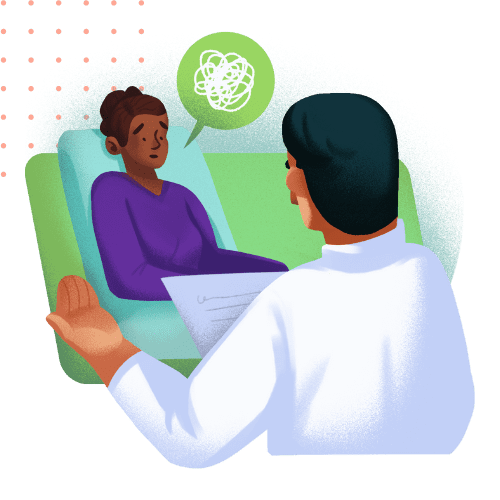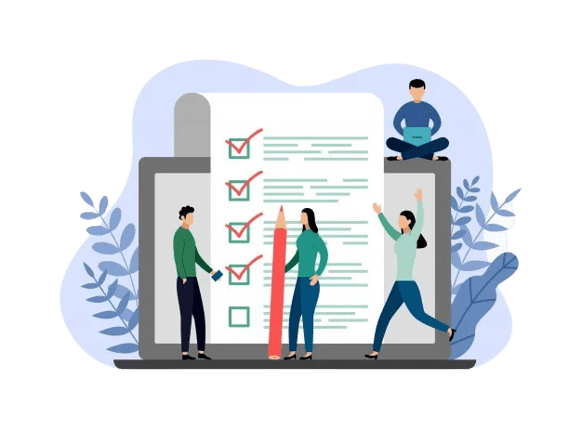Are You Homophobic?
Free Are You Homophobic Assessment

Create a nurturing environment where identities are celebrated, struggles are understood, and healing begins.
What is Are You Homophobic Assessment?
The “Are You Homophobic Assessment” is a questionnaire designed to assess an individual’s attitudes and beliefs towards homosexuality. It typically includes questions about one’s feelings, thoughts, and reactions to LGBTQ+ individuals and their rights.
The aim is to gauge whether a person holds any prejudiced or discriminatory views towards the LGBTQ+ community. The assessment helps promote awareness and understanding of potential biases and encourages individuals to reflect on their attitudes towards sexual orientation.

Who can derive advantages from this assessment of Are You Homophobic?
Various groups of people can derive advantages from the “Are You Homophobic Assessment.” Individuals taking the test can gain self-awareness and insight into their attitudes and biases towards the LGBTQ+ community, potentially leading to personal growth and a more accepting outlook.
Mental health professionals can use the assessment to identify and address homophobia in their clients, offering targeted interventions to foster inclusivity and reduce prejudice. Furthermore, organizations and educators can utilize the assessment to develop educational programs and policies promoting LGBTQ+ rights and fostering a more tolerant and inclusive society.
Are You Homophobic Assessment Accuracy

The accuracy of the “Are You Homophobic Assessment” depends on various factors, including the quality of the questions and the honesty of the respondents. If the assessment consists of well-designed and validated questions that measure attitudes and beliefs accurately, it can provide a reliable measure of a person’s level of homophobia.
However, self-report assessments like this are subject to social desirability bias, where respondents may answer in a way they believe is socially acceptable rather than expressing their true beliefs. To increase accuracy, it is essential to ensure anonymity and encourage respondents to answer honestly without fear of judgment.
Types of Homophobic Assessment
Self-report questionnaires
Kinsey Scale Test
Klein Sexual Orientation Grid
The Shively-DeCecco Scale
Close Relationships Scale
Sexual Identity Scale
Handling Homophobia Issues
Handling homophobia issues requires a multi-faceted approach that promotes education, empathy, and inclusivity. Here are some key steps to address and combat homophobia:
- Education: Provide comprehensive education about sexual orientation, gender identity, and LGBTQ+ history and rights. This should be implemented in schools, workplaces, and communities to increase understanding and reduce ignorance.
- Awareness campaigns: Conduct awareness campaigns that challenge stereotypes, prejudices, and discriminatory attitudes towards LGBTQ+ individuals. Promote positive representation in media and popular culture.
- Training and workshops: Offer training sessions for professionals, including educators, healthcare providers, and law enforcement, to ensure they can address homophobia and provide inclusive support.
- Support networks: Establish support groups and safe spaces for LGBTQ+ individuals, where they can share experiences, find encouragement, and gain solidarity.
- Policy changes: Advocate for the implementation of anti-discrimination policies that protect LGBTQ+ rights in all areas of life, including employment, housing, and public services.
- Community involvement: Encourage LGBTQ+ community involvement to foster understanding and acceptance among different social groups.
- Reporting mechanisms: Implement clear reporting mechanisms for incidents of homophobia, ensuring swift action against discrimination and harassment.
- Allyship: Encourage allies to stand up against homophobia and support LGBTQ+ individuals in creating an inclusive environment.
- Mental health support: Provide access to mental health services and counseling for individuals affected by homophobia, both as victims and perpetrators.
- Legal advocacy: Support and engage in legal efforts to protect LGBTQ+ rights and ensure equal treatment under the law.
By combining these strategies, we can work towards creating a society that respects and embraces the diversity of sexual orientations and gender identities, ultimately combating homophobia and promoting inclusivity for all.

